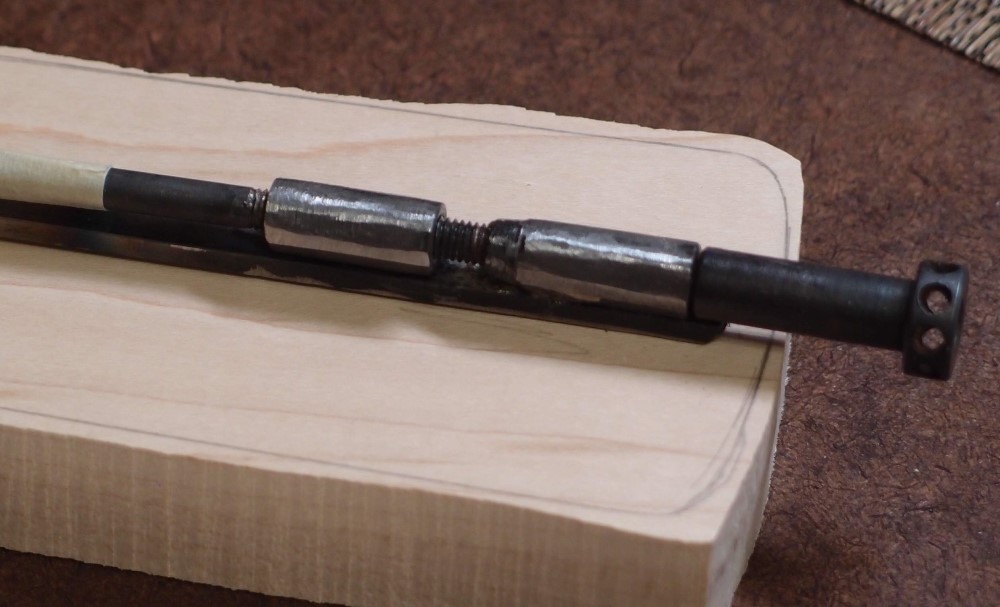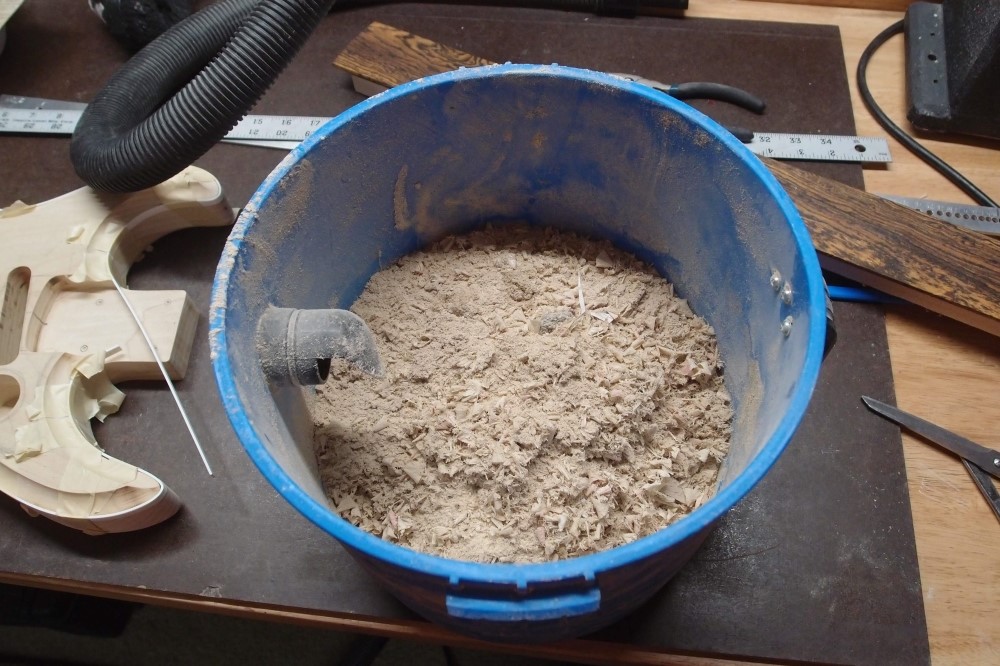Brazing

Brazing is essentially the same process as soldering. Two metal pieces are joined using a third metal with a melting point well below either of them. Brazing is useful for joining metals that cannot be welded, as well as dissimilar metals.
Brazing is also useful for joining heat-treated steels that would be ruined by welding. This was once paramount in bicycle frame construction, before cheap automated aluminum welding took over the market.
Finally, brazing is useful because you can do it with just a common propane torch. See my pages on truss rods for some designs you can build yourself from common hardware.

Questions or Inquiries?
Just want to say Hello? Sign the .